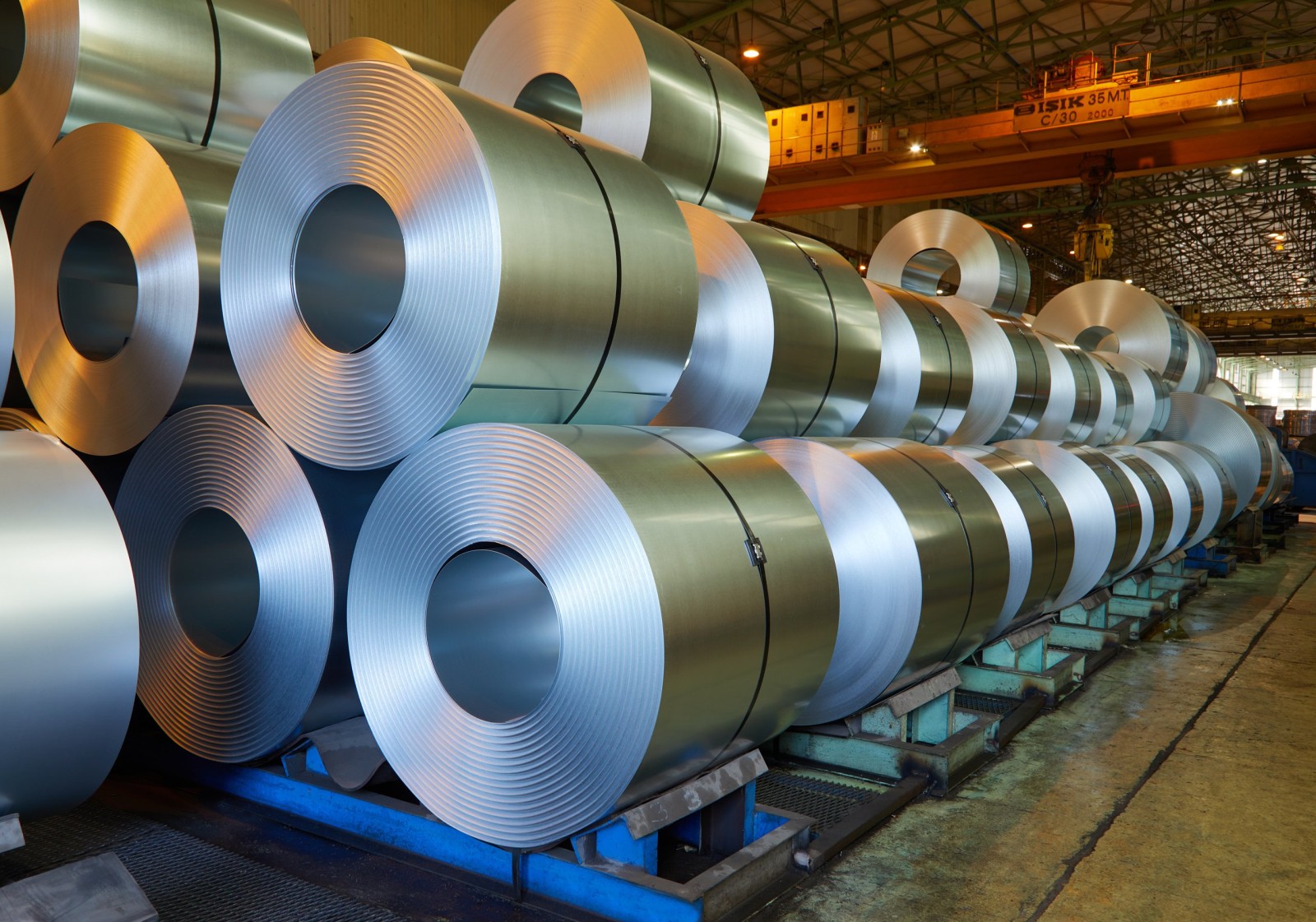Introduction
When it involves picking out the desirable textile for a great number of applications, the thermal conductivity of rolled metals performs a mandatory position. Copper and aluminum are two regularly occurring treatments during this regard, time-honored for their desirable thermal homes. In this article, we are able to delve into the intricacies of those metals and compare their thermal conductivity, dropping light on their respective reward and drawbacks.
Copper vs. Aluminum: Which Metal is Superior in Terms of Thermal Conductivity?
Understanding Thermal Conductivity
Before we dive into the evaluation, allow's first comprehend what thermal conductivity actually potential. Thermal conductivity refers to a material's capability to conduct warm. It quantifies how efficaciously a substance can move warmness from one factor to an alternate when a temperature gradient is gift.
The Significance of Rolled Metals
Rolled metals in finding wide use in a number industries via their fascinating qualities, reminiscent of top force, flexibility, and proper formability. They are commonly hired in electric wiring, heat exchangers, automobile radiators, and plenty different functions that require valuable heat switch.

Copper: The King of Thermal Conductivity
Copper has long been hailed because the king of thermal conductivity amongst metals. It boasts an exclusive talent to move warm easily and efficaciously, making it an awesome resolution for quite a few functions wherein warmness dissipation is necessary. With a thermal conductivity ranking of about 401 W/mK at room temperature, copper outperforms such a lot different supplies by means of a https://tonmetholding.com.ua/uk/produkciya-2/c/-gost-gk/ widespread margin.
Advantages of Copper in Heat Transfer
- Excellent thermal conductivity enables for turbo warmness dissipation. Enhanced reliability because of the lowered options of overheating. Suitable for high-chronic programs that demand successful cooling. Low renovation requisites in contrast to opportunity fabrics.
Disadvantages of Copper in Heat Transfer
- Higher can charge as compared to other parts like aluminum. Heavier weight may additionally pose challenges in bound purposes. More liable to corrosion and oxidation.
Aluminum: An Efficient Alternative
While copper reigns best in terms of thermal conductivity, aluminum bargains a can charge-mighty and light-weight choice. With a thermal conductivity score of about 205 W/mK at room temperature, aluminum is just not as powerful as copper yet nonetheless performs admirably in many warm transfer applications.
Advantages of Aluminum in Heat Transfer
- Lower price when compared to copper makes it a price range-pleasant alternative. Lightweight nature permits for ordinary handling and setting up. Resistant to corrosion and oxidation, making sure durability. Suitable for applications wherein weight-loss is mandatory.
Disadvantages of Aluminum in Heat Transfer
- Inferior thermal conductivity in comparison to copper, best to slower heat dissipation. Limited suitability for high-strength packages that demand efficient cooling. Requires larger floor domain for the same point of warmth move as copper.
FAQs about Copper vs. Aluminum Thermal Conductivity
Which steel is more effective for heat switch: copper or aluminum?- Copper is most popular to aluminum in terms of thermal conductivity, making it the desired possibility for powerfuble warmth switch.
- The top check of copper might be attributed to its leading thermal conductivity and standard best when compared to aluminum.
- While aluminum is an efficient selection, it could actually now not be appropriate for excessive-energy functions that demand rapid warmth dissipation.
- No, copper in most cases has curb upkeep standards by using its resistance to corrosion and oxidation.
- Yes, aluminum has superb warmth resistance, but it will possibly not function as nicely as copper in extreme temperature stipulations.
- Yes, the heavier weight of copper in comparison to aluminum may additionally pose demanding situations in sure functions where weightloss is valuable.
Conclusion
In summary, in relation to evaluating the thermal conductivity of rolled metals, copper emerges as the clear winner. Its one-of-a-kind capacity to behavior heat efficiently makes it the wellknown decision for functions that require turbo heat dissipation. However, aluminum serves as a fee-fantastic and lightweight alternative, exact for conditions the place finances constraints and weight reduction are paramount. Ultimately, the choice between copper and aluminum relies at the unique standards of the utility handy.